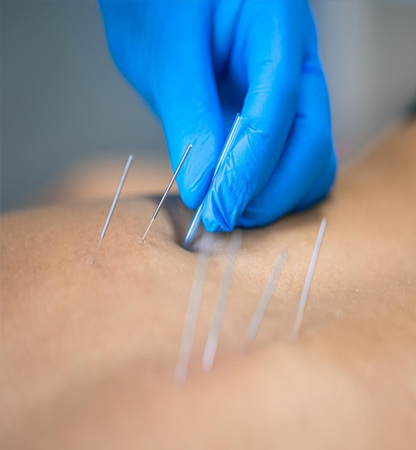Acupuncture
Acupuncture is gaining popularity as a complementary treatment for pain management and other conditions, but billing for acupuncture services can be challenging due to strict insurance policies and varying state regulations. To ensure smooth reimbursements and reduce claim denials, acupuncture practitioners must follow best practices in medical billing. Here’s how to optimize your acupuncture billing process.
Common Challenges in Acupuncture Billing
1.Insurance Limitations & Coverage Restrictions
- Many insurance plans cover acupuncture only for specific conditions, such as chronic pain or migraines.
- Some plans limit the number of visits per year or require prior authorization.
2.Medical Necessity Requirements
- Payers often require detailed documentation proving that acupuncture treatment is medically necessary.
- Wellness or maintenance treatments are generally not covered by insurance.
3.Incorrect Use of CPT Codes & Modifiers
- Acupuncture has specific CPT codes (97810-97814) for initial and subsequent treatments.
- Incorrect modifier usage can lead to claim denials.
4.Lack of Standardized Billing Procedures
- Insurance policies on acupuncture reimbursement vary widely by payer and state.
- Practitioners must stay updated with payer-specific requirements.
Best Practices for Successful Acupuncture Billing
1. Verify Insurance Eligibility & Benefits
- Check patient insurance coverage before providing acupuncture treatment.
- Confirm whether acupuncture is covered for the patient’s diagnosis and how many sessions are allowed.
2. Use Proper Coding & Modifiers
- 97810 – Initial 15 minutes of acupuncture, with manual stimulation.
- 97811 – Each additional 15 minutes (re-insertion of needles required).
- 97813 – Initial 15 minutes of acupuncture with electrical stimulation.
- 97814 – Each additional 15 minutes with electrical stimulation.
- Modifier 25 – Used when acupuncture is provided along with a separate evaluation and management (E/M) service.
3. Maintain Accurate Documentation
- Include detailed SOAP notes (Subjective, Objective, Assessment, Plan) for each session.
- Ensure documentation supports the medical necessity of treatment.
- Keep track of patient progress and any referrals from physicians.
4. Submit Clean Claims & Manage Denials Effectively
- Double-check claims for accuracy before submission.
- Follow up on denied claims promptly and submit appeals with supporting documentation.
- Understand payer-specific reimbursement policies to reduce rejection rates.
5. Stay Updated with Insurance & Regulatory Changes
- Regularly review Medicare, Medicaid, and private payer policies on acupuncture coverage.
- Stay compliant with HIPAA regulations and maintain proper record-keeping.



How Malakos Healthcare Solutions Can Help
At Malakos Healthcare Solutions, we specialize in acupuncture medical billing, ensuring accurate claims submission, faster reimbursements, and reduced denials. Our team of billing experts handles coding, insurance verification, and revenue cycle management, so you can focus on patient care.


